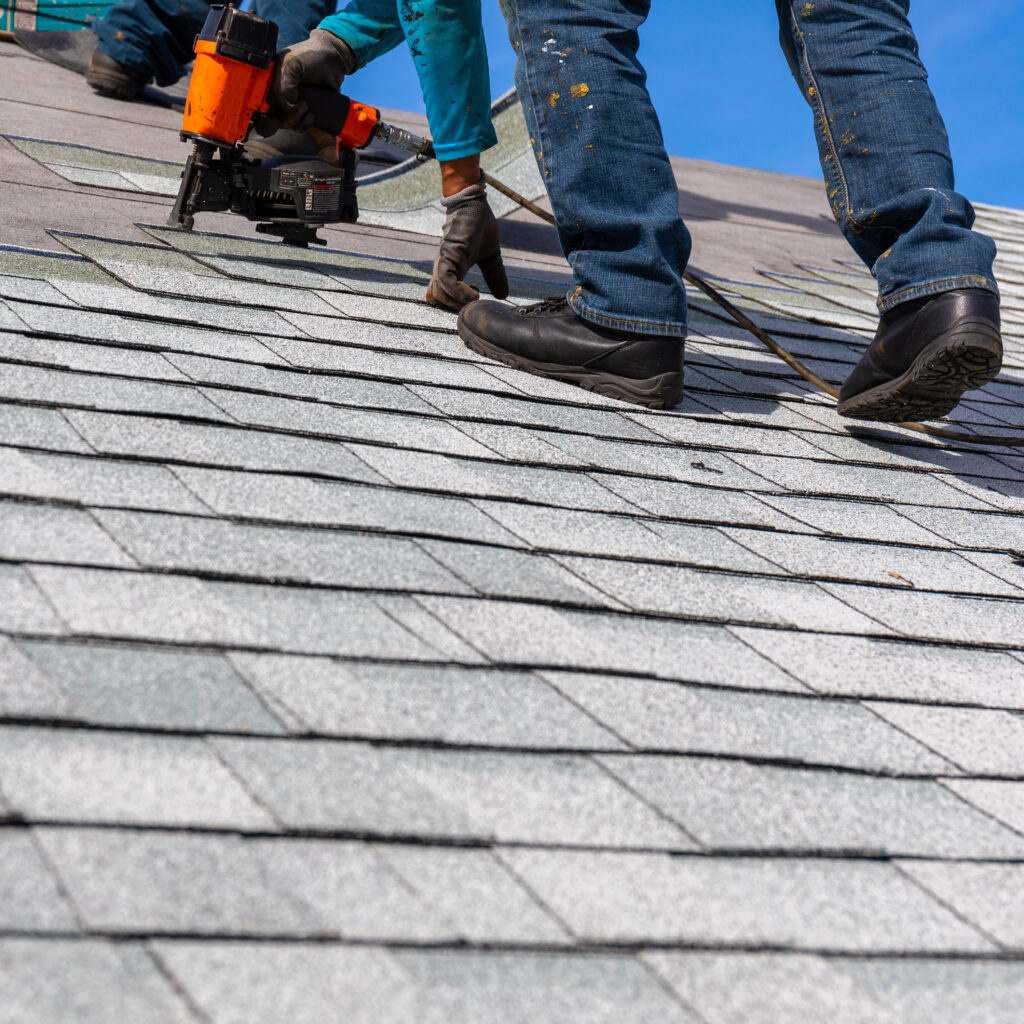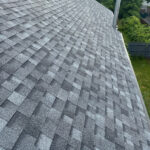What is the Roofing Installation Process Like?
When it comes to installing a new roof, understanding the process can help you feel more confident and prepared. Whether you’re replacing an old roof or installing one for the first time, knowing what to expect can make the project smoother and more manageable. Here’s a step-by-step guide to the roofing installation process and what you can expect from start to finish.

Initial Consultation and Inspection
The roofing installation process begins with an initial consultation and inspection. During this phase, a roofing contractor will visit your home to assess the current condition of your roof and discuss your needs and preferences. They will evaluate the extent of any damage, measure the roof, and determine the best materials and solutions for your project. This step is crucial for creating an accurate estimate and developing a plan for the installation.
Selecting Roofing Materials
Once the inspection is complete, you’ll need to choose the roofing materials that best suit your needs and budget. Common options include asphalt shingles, metal roofing, wood shingles, and tile. Your contractor can provide recommendations based on factors such as durability, aesthetic appeal, and energy efficiency. They will also help you choose colors and styles that complement your home.
Obtaining Permits
Before work begins, your contractor will typically handle obtaining the necessary permits for your roofing project. Permits are required to ensure that the installation complies with local building codes and regulations. Your contractor will submit the required paperwork and coordinate with local authorities to ensure everything is in order.
Preparing the Site
Preparation is key to a successful roofing installation. The contractor will start by clearing the area around your home and setting up safety measures to protect both the workers and your property. This includes covering plants, setting up scaffolding if needed, and removing any debris from the old roof. They will also ensure that your home’s gutters and downspouts are properly protected.
Removing the Old Roof
The next step is to remove the old roofing materials. This involves stripping away the existing shingles, tiles, or metal panels, as well as any underlayment and flashing. The contractor will inspect the roof deck for damage during this process and make any necessary repairs. Removing the old roof allows for a clean slate and ensures that the new materials adhere properly.
Installing Underlayment and Flashing
Once the old roof is removed, the contractor will install a new underlayment, which provides an additional layer of protection against moisture and leaks. They will also install flashing around areas such as chimneys, vents, and skylights to prevent water infiltration. Proper installation of underlayment and flashing is crucial for the long-term performance of your new roof.
Installing the New Roof
With the underlayment and flashing in place, the contractor will proceed with installing the new roofing materials. This step involves laying down the new shingles, tiles, or metal panels according to the manufacturer’s instructions and best practices. The contractor will ensure that each piece is properly aligned and secured to provide optimal protection and performance.
Cleaning Up and Final Inspection
After the new roof is installed, the contractor will clean up the work area, removing any debris and old roofing materials. They will also perform a final inspection to ensure that everything is installed correctly and meets quality standards. This is a good time to address any last-minute questions or concerns you may have.
Post-Installation Follow-Up
Once the installation is complete, your contractor should provide you with information about maintaining your new roof and any warranties or guarantees associated with the materials and workmanship. They may also schedule a follow-up visit to check on the roof and ensure that everything is functioning properly.
Conclusion
The roofing installation process involves several key steps, from the initial consultation to the final inspection. By understanding each phase, you can better prepare for your project and ensure a successful outcome. If you’re considering a new roof or have questions about the installation process, contact us today. Our team is dedicated to providing top-quality roofing solutions and making your experience as smooth as possible.







